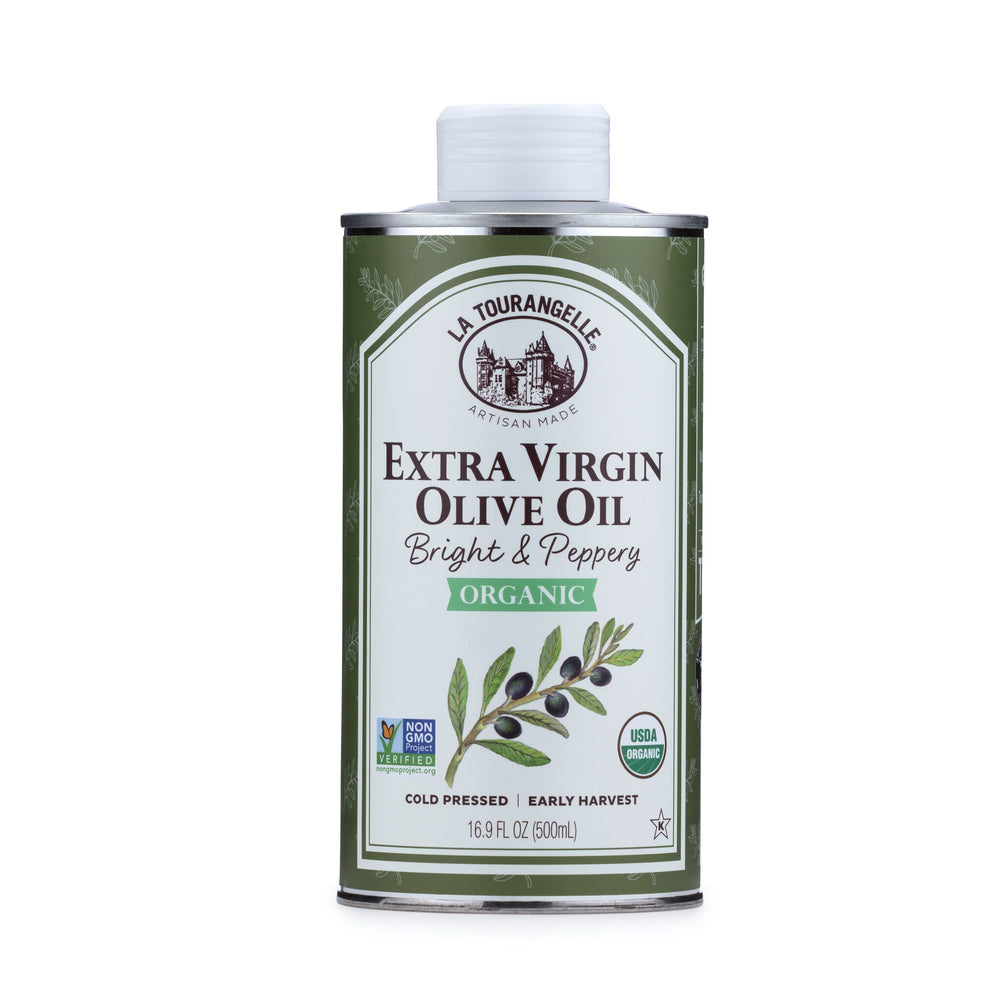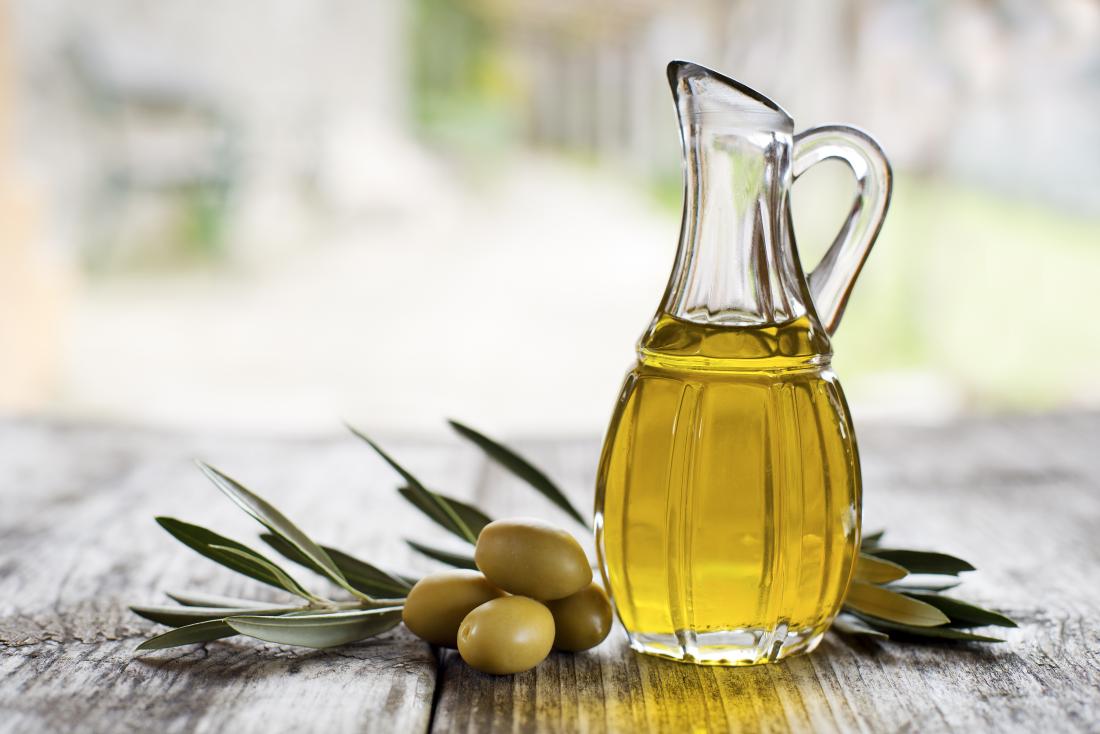Extra Virgin Olive Oil Benefits: A Powerful Antioxidant for Your Body
Wiki Article
Discovering the Various Sorts Of Olive Oil and Their Uses, Consisting Of Additional Virgin Olive Oil
The expedition of olive oil incorporates a varied variety of kinds, each offering distinctive tastes and cooking applications. Additional virgin olive oil, renowned for its premium high quality and health benefits, serves as a staple in lots of kitchen areas, yet it is just one element of this multifaceted component.What Is Olive Oil?
Stemmed from the fruit of the olive tree, olive oil is a staple in Mediterranean food and a key ingredient in various culinary applications. This functional oil is produced by pushing whole olives, resulting in a fluid that varies in taste, color, and fragrance relying on the kind of olives used, the area of cultivation, and the removal procedure. Olive oil is primarily made up of monounsaturated fats, specifically oleic acid, which is understood for its potential wellness benefits, including anti-inflammatory homes and cardiovascular assistance.In addition to its cooking uses, olive oil has a lengthy history of application in traditional medicine and skincare, owing to its rich antioxidant content (extra virgin olive oil benefits). The oil is usually utilized in dressings, marinates, and for cooking techniques such as sautéing and roasting. Its distinct flavor profile can enhance the preference of various meals, making it a vital component for both home cooks and expert cooks
Furthermore, olive oil is commemorated for its function in the Mediterranean diet regimen, which is related to numerous health and wellness advantages. As recognition of these advantages expands, olive oil proceeds to gain appeal worldwide as a fundamental component of a healthy and balanced lifestyle.
Sorts Of Olive Oil
Understanding the numerous kinds of olive oil is necessary for both cooking enthusiasts and health-conscious consumers. Olive oil is identified primarily based on its extraction method and top quality, which dramatically influences its flavor, fragrance, and health and wellness benefits.
Light olive oil, in spite of its name, refers to a lighter flavor and not lower calories. It is ideal for those looking for a more subtle taste in dressings and marinades. In addition, there are flavored olive oils infused with natural herbs, seasonings, or citrus, which can improve dishes without the demand for extra flavoring.
Each kind of olive oil offers details culinary objectives, and recognizing these differences allows consumers to make educated choices that align with their cooking styles and health objectives.
Extra Virgin Olive Oil
Additional virgin olive oil (EVOO) is widely considered as the finest quality olive oil available, well known for its rich taste and many health and wellness advantages. To be categorized as extra virgin, the oil should be produced from fresh olives utilizing mechanical processes, without making use of solvents or excessive warmth. This precise method protects the oil's natural flavors, antioxidants, and healthy and balanced fats, resulting in a product with a low acidity degree of less than 0.8%.EVOO is abundant in monounsaturated fats, especially oleic acid, which is linked to decreased inflammation and improved heart health. It likewise consists of polyphenols, effective anti-oxidants that may use protective results versus chronic illness. The taste profile of EVOO can differ substantially relying on the olive variety and area of manufacturing, varying from fruity and grassy to robust and peppery.

Culinary Use Olive Oil

In food preparation, olive oil can be utilized for sautéing, toasting, and cooking, offering a much healthier option to butter or various other fats. Its high smoke point makes it appropriate for different cooking techniques, while its antioxidants add to a heart-healthy diet. Drizzling olive oil over ended up recipes, such as pasta, fish, or barbequed vegetables, can boost tastes and include a touch of sophistication.
Furthermore, olive oil plays a considerable role in cooking, where it can change conventional fats in recipes for bread and pastries, imparting dampness and a refined taste. It also acts as a base for infused oils, allowing cooks to explore flavors such as garlic, herbs, or chili, further broadening its cooking capacity. Generally, olive oil's convenience makes it essential in both home and expert cooking areas.
Choosing Quality Olive Oil
view it now When selecting top quality olive oil, it's necessary to consider numerous essential factors that influence the product's flavor, wellness, and scent advantages. Primarily, go with extra virgin olive oil (EVOO), which is stemmed from the first chilly pushing of olives and includes the highest degree of antioxidants and beneficial compounds. Look for oils that are accredited by identified companies, as this frequently makes sure adherence to rigorous quality requirements.The product packaging likewise plays a considerable duty in maintaining the oil's integrity. Choose oils kept in dark glass containers or tins to shield versus light degradation. Take note of the harvest date; fresher oils use superior flavor and nutritional value, so select products that are within 18 months of their harvest.
Be aware of the taste; an excellent top quality olive oil must have a balance of fruity, bitter, and peppery notes, indicating its splendor and intricacy. By reviewing these aspects, you can ensure you are choosing the best olive oil for your cooking requirements.
Conclusion
In summary, the expedition of numerous kinds of olive oil reveals distinctive features and applications, with additional virgin olive oil representing the peak of high quality due to its reduced acidity and high antioxidant web content. Its flexibility in culinary uses enhances flavors in dressings, sauces, and sprinkles. Understanding the different ranges of olive oil permits informed selections in food preparation techniques, promoting much healthier practices while improving the general gastronomic experience. Quality choice remains vital for optimal benefits.Acquired from the fruit of the olive tree, olive oil is a staple in Mediterranean cuisine and a crucial active ingredient in numerous cooking applications.The most common kinds of olive oil consist of fine-tuned olive oil, pure olive oil, and light olive oil.Additional virgin olive oil (EVOO) is widely related to as the greatest top quality olive oil available, well known for its abundant taste and countless wellness advantages. Opt for additional virgin olive oil (EVOO), which is obtained from the initial cold pressing of olives and consists of the highest possible degrees of antioxidants and helpful substances.In recap, the expedition of various types of olive oil exposes distinctive features and applications, with extra virgin olive oil representing the pinnacle of high quality due to its low acidity and high antioxidant material.
Report this wiki page